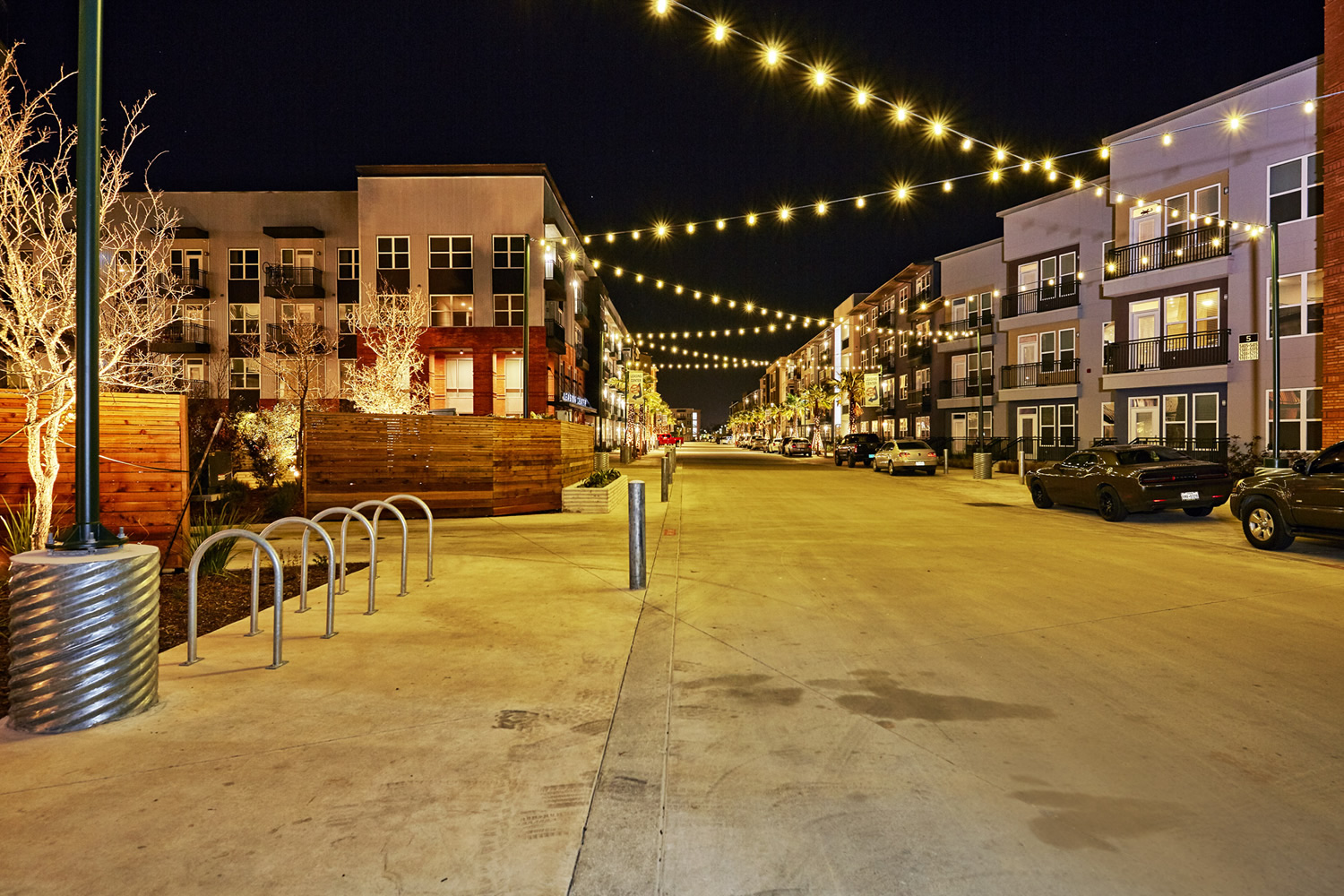Hospitality lighting refers back to the specialized lighting design and fixtures used within the hospitality business, which incorporates motels, restaurants, bars, resorts, and other comparable institutions. The major function of hospitality lighting is to reinforce the guest expertise, create a welcoming and comfortable ambiance, and contribute to the general aesthetics and ambiance of the house. Here are some key features of hospitality lighting:
Aesthetics and Atmosphere: Hospitality lighting is designed to create a selected ambiance that aligns with the brand and the supposed visitor expertise. It can be used to evoke various moods, from cozy and intimate to shiny and energetic, relying on the setting.
Functionality: While aesthetics are essential, hospitality lighting also serves functional purposes. Lighting should be sufficient for duties like studying, dining, or working while offering common illumination for navigation and security.
Energy Efficiency: Like in different commercial settings, vitality effectivity is increasingly essential within the hospitality industry. follow this link have transitioned to energy-efficient lighting technologies, corresponding to LED, to reduce operational prices and environmental impression.
Flexibility: Hospitality lighting often incorporates dimming and management techniques to allow for changes in lighting depth and color temperature, enabling different lighting scenes for various occasions of the day and events.
Zoning and Layering: Effective hospitality lighting design sometimes entails zoning or layering of sunshine. Different lighting sources and fixtures are strategically positioned to mild up numerous areas or objects, similar to reception desks, artwork, dining tables, and seating areas.
Decorative Lighting: Decorative fixtures, corresponding to chandeliers, pendant lights, and wall sconces, are regularly utilized in hospitality areas to add visual curiosity and elegance.
Task Lighting: Task-oriented lighting, such as desk lamps and reading lights, is offered in guest rooms to make sure consolation and convenience.
Exterior Lighting: The exterior of hospitality institutions typically options outside lighting to enhance curb enchantment, improve security, and guide friends to entrances or walkways.
Special Effects: Some hospitality lighting designs incorporate special results, similar to color-changing LED lighting or dynamic lighting sequences, to create unique and memorable experiences, especially in entertainment venues or upscale eating places.
Maintenance: Given the 24/7 nature of the hospitality business, lighting have to be sturdy and easy to keep up. This ensures that the lighting remains in good situation and minimizes disruptions for visitors.
Hospitality lighting is a critical element of the overall design and branding of resorts, restaurants, and similar venues. It plays a pivotal role in shaping the visitor experience, from the second they enter the establishment to the time they spend in the varied spaces within it...

